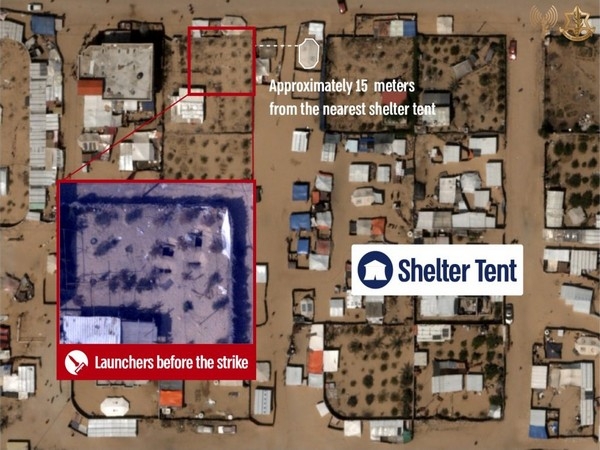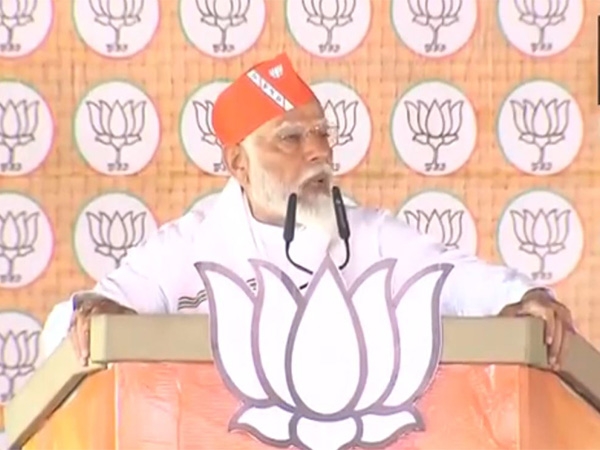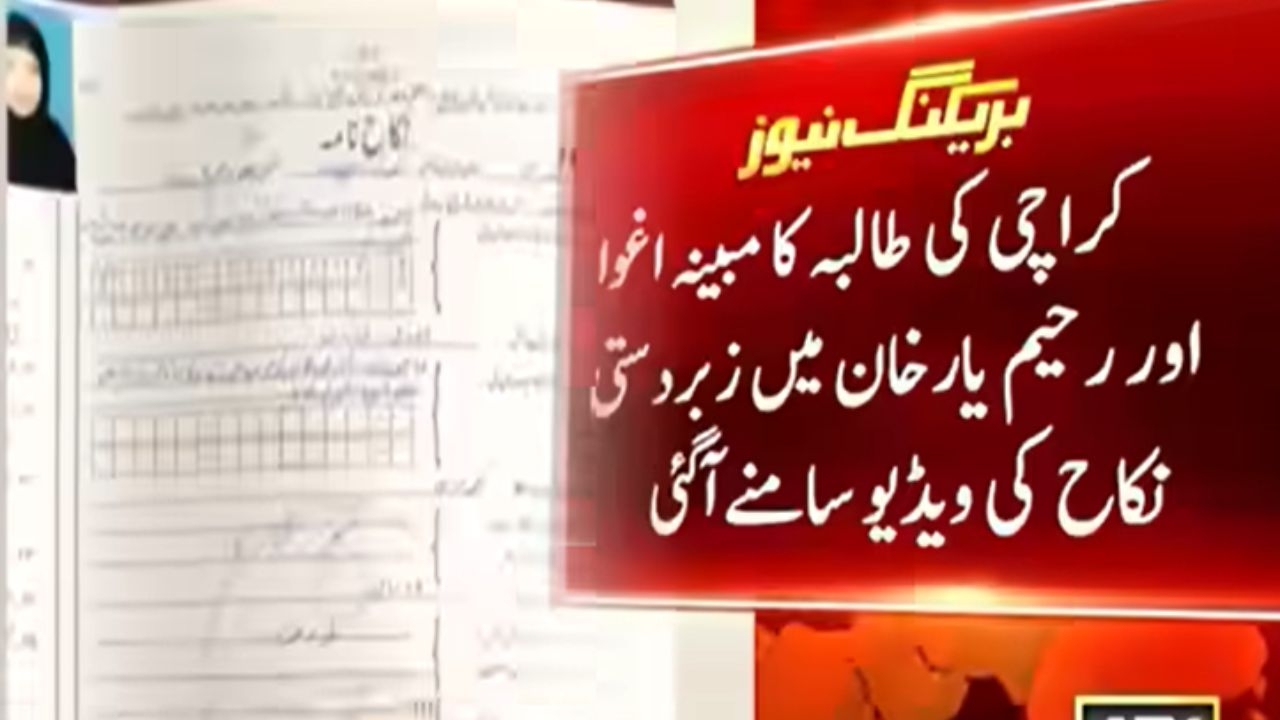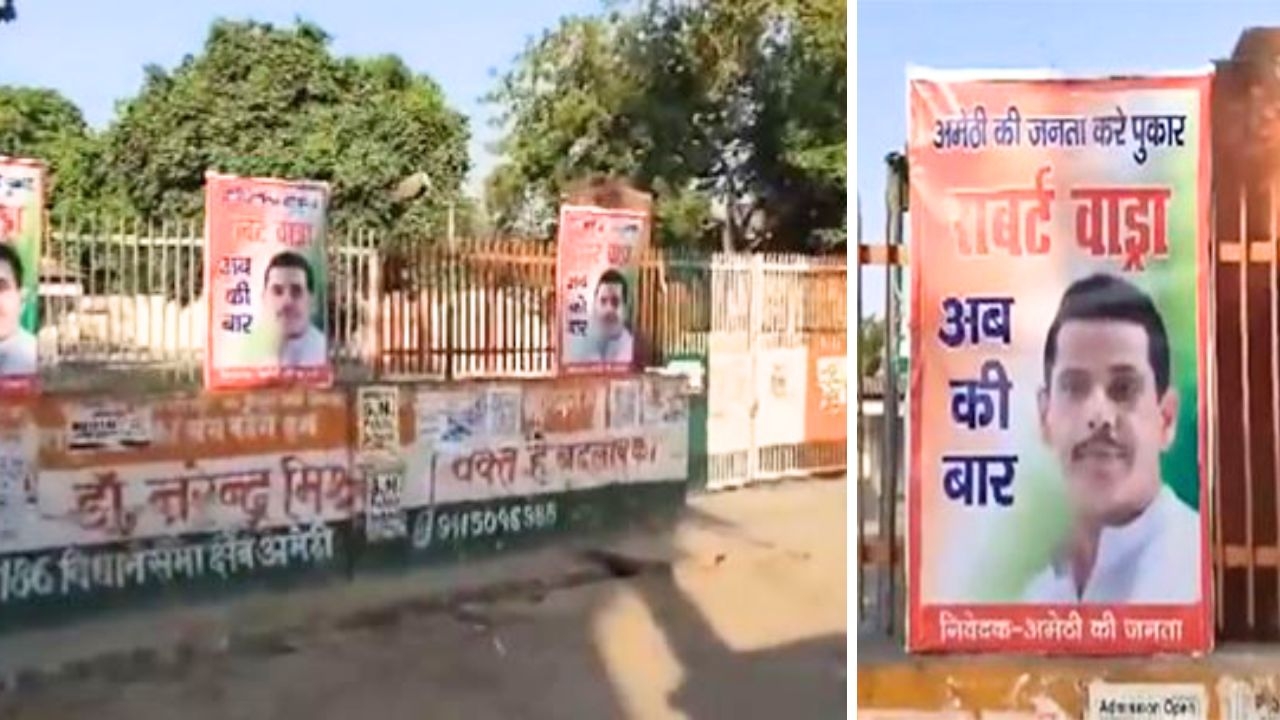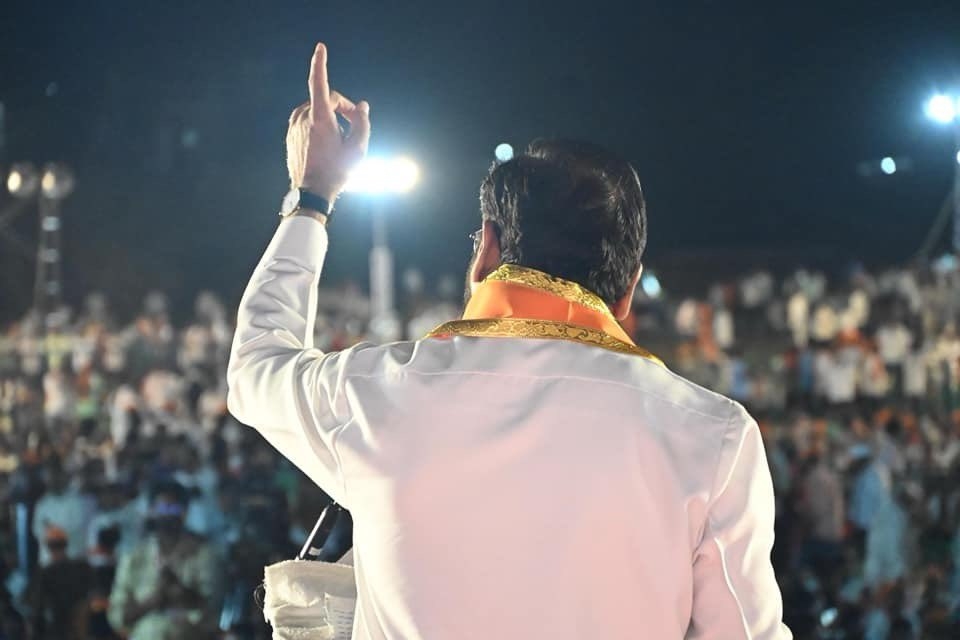BJP's formula to win UP: play communal ball with SP
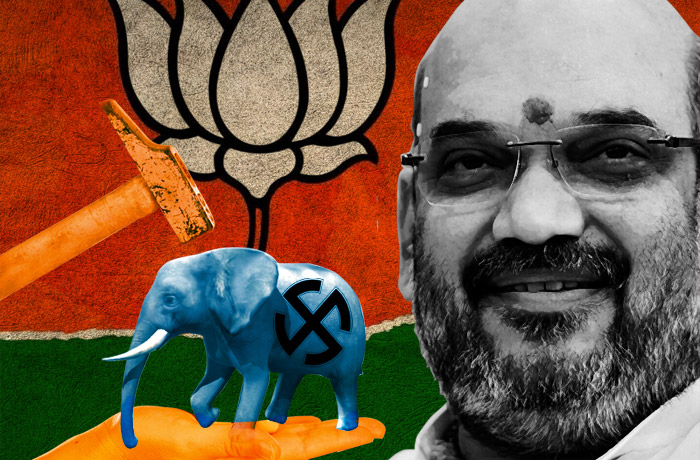
The end
- The BJP is trying hard to win the 2017 UP Assembly elections, with a little help from Dalit voters
- PM Modi and party president Amit Shah are set to attend events in Varanasi and Bahraich this month
The means
- The BJP is trying to turn 11th century Bahraich ruler Raja Suheldev into a Hindutva icon
- It wants to woo non-Jatav, non-Chamar Dalits like the Pasi and Bhar castes, who idolise Suheldev
- By doing so, it can dent the BSP\'s vote bank
More in the story
- What is the BJP\'s strategy against the ruling Samajwadi Party?
- Why are BJP MLAs silent in the ongoing budget session of the UP Assembly?
The BJP is the subject of much discussion in the power corridors of Lucknow these days. Narendra Modi and Amit Shah's upcoming visits and a lackadaisical attitude during the current budget session of the assembly are prime reasons for this.
Shah will be in Bahraich on 24 February to pay homage to Dalit icon Raja Suheldev. Two days later, Modi will inaugurate the statue of Dalit saint Ravidas in Varanasi.
Also read - From 'Modi! Modi!' to 'Modi go back': why UP reception is worrying the PM
In the Modi era, the BJP has gone out of its way to woo Dalits. The Prime Minister, as well as RSS chief Mohan Bhagwat, have missed no opportunity to evoke Dr BR Ambedkar. There is a growing perception that the party is eyeing the Dalit vote bank for the 2017 UP Assembly elections.
Dividing the Dalit vote
Dalits hold the key to electoral victory in the state, with over 20% of the total population. Jatavs and Chamars are the most important Dalit groups which, together, form around 65% of the total Dalit population of Uttar Pradesh.
Both these castes have traditionally supported the Bahujan Samaj Party. BSP chief Mayawati herself belongs to the Chamar community.
BJP strategists are aware that weakening BSP's hold over these two castes is not easy. It is, therefore, targeting the remaining 35% non-Jatavs and other Dalit castes.
In the first phase of this strategy, the BJP is looking to win the support of the Pasi and Bhar castes, both of which hold Raja Suheldev, the 11th century ruler of Bahraich, in high esteem.
The Pasis and Bhars constitute approximately 16% of this non-Jatav, non-Chamar Dalit vote. If it is able to bring them into its fold, the BJP could reap rich dividends.
Dalits make up over 20% of the total population of UP. This is the vote bank the BJP is eyeing
What's more, these two castes wholeheartedly supported the party during the general elections, according to a state BJP leader. This gives the party brass belief that it could further strengthen this vote bank.
Shah's upcoming Bahraich visit is part of this endeavour. By claiming Raja Suheldev's legacy, the BJP wants to separate the Pasis and Bhars from non-Jatav and non-Chamar groups. Apart from Shah's event, the BJP has announced a spate of rallies and other programmes to honour Raja Suheldev.
A new Hindutva icon
Suheldev's importance is recognised by all major political parties in the state. In fact, Mayawati's BSP government had erected the king's statues in several districts.
But if any party can properly appropriate Suheldev's legacy, it's the BJP, given that his history suits the RSS's bent of mind. There's no better means than to portray the king as a symbol of Hindutva.
Raja Suheldev was an 11th century king of Bahraich, who defeated Mahmud of Ghazni's kin Sayyed Salar
According to folklore, Sayyad Salar Masud, nephew of Mahmud of Ghazni, had attacked Raja Suheldev's kingdom in the 11th century. Masud's advancing army was defeated by the valour of Suheldev's soldiers.
This legacy fits nicely into the BJP's plans of appealing to pro-Hindutva and Dalit voters at the same time, in a bid to checkmate Mayawati.
How to handle the SP
However, the BJP's strategy against the ruling Samajwadi Party is different. The party has 48 MLAs in the Assembly, but they are missing in action in the ongoing budget session.
It's clear that the BJP has considerable strength in the assembly, but is showing little intent to take on the state government inside and outside the Assembly. Even when BSP MLAs raised strong protests during the Governor's address, the BJP brigade watched in silence.
Also read - Is a BSP-Congress-RLD Grand Alliance emerging in UP?
It's not as if there is lack of issues to corner the government on.
- Hundreds of children continue to die every year in parts of Poorvanchal due to Japanese Encephalitis. And yet, nobody in the BJP has bothered to seek answers from the government.
- Farmers in over 52 districts are reeling from drought. Last year, farmer suicides took place even in the relatively prosperous region of western UP. But there's little effort to take stock of the relief measures.
- Bundelkhand stands on the verge of famine after three consecutive years of drought. There have been reports that people are compelled to eat grass in some parts of this region. But the BJP has failed to raise its voice in support of the distressed farmers.
The party leadership as well as cadres seem far removed from issues of public concern. All their efforts are concentrated on communal vitriol, visiting communally-disturbed areas and conducting meetings to further aggravate the situation.
There is a clear indication that the BJP is counting on emotive issues to counter the SP. This has worked for both parties in the past. It's not a coincidence that BJP has not organised a single dharna over the drought situation or encephalitis, but has been vocal in protest over frivolous issues like 'Love Jihad'.
BJP has 48 MLAs in the UP Assembly, but is refusing to corner the govt in the budget session
The BSP, in contrast, has pursued an aggressive strategy against the government.
When asked about their silence during the Governor's address, BJP leaders cited the obligation to respect this constitutional post. But, there is no explanation for treating the Akhilesh Yadav government with kid gloves.
The perception is gaining ground that BJP and SP have a tacit understanding to polarise voters before the elections.
Lack of leadership
The BJP also faces a leadership crisis in Uttar Pradesh. It does not have an undisputed leader who could identify the real issues and raise them in an effective manner. This has scattered the grassroot workers and hampered the party's ability to raise mass movements.
The current BJP structure does not favour firebrand leaders. There is hardly any place for leaders like Kalyan Singh and Vinay Katiyar under the Modi-Shah axis.
It must be noted that the BJP had emerged as a political force in Uttar Pradesh only under this brand of leaders. But, for now, it seems content to move forward as the B-team of the SP.
More in Catch - Akhilesh's law amendment will leave UP Dalits vulnerable to land sharks
Manjhi, Paswan watch out: Mayawati may put NDA's Dalit vote in danger
The great game for Dalits: after the RSS, the Congress plan
First published: 4 February 2016, 8:13 IST
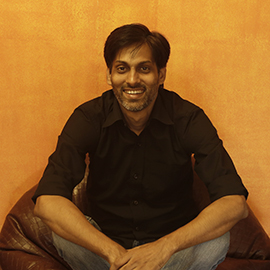
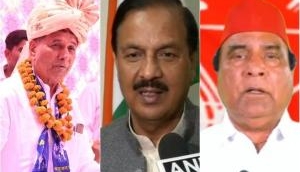
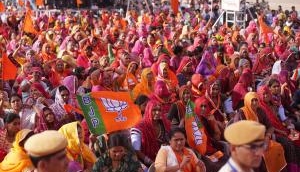

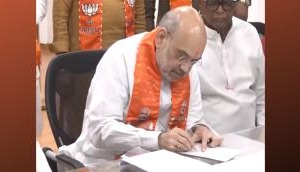
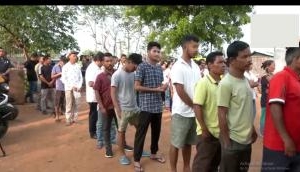
![BJP's Kapil Mishra recreates Shankar Mahadevan’s ‘Breathless’ song to highlight Delhi pollution [WATCH] BJP's Kapil Mishra recreates Shankar Mahadevan’s ‘Breathless’ song to highlight Delhi pollution [WATCH]](http://images.catchnews.com/upload/2022/11/03/kapil-mishra_240884_300x172.png)

![Anupam Kher shares pictures of his toned body on 67th birthday [MUST SEE] Anupam Kher shares pictures of his toned body on 67th birthday [MUST SEE]](http://images.catchnews.com/upload/2022/03/07/Anupam_kher_231145_300x172.jpg)


